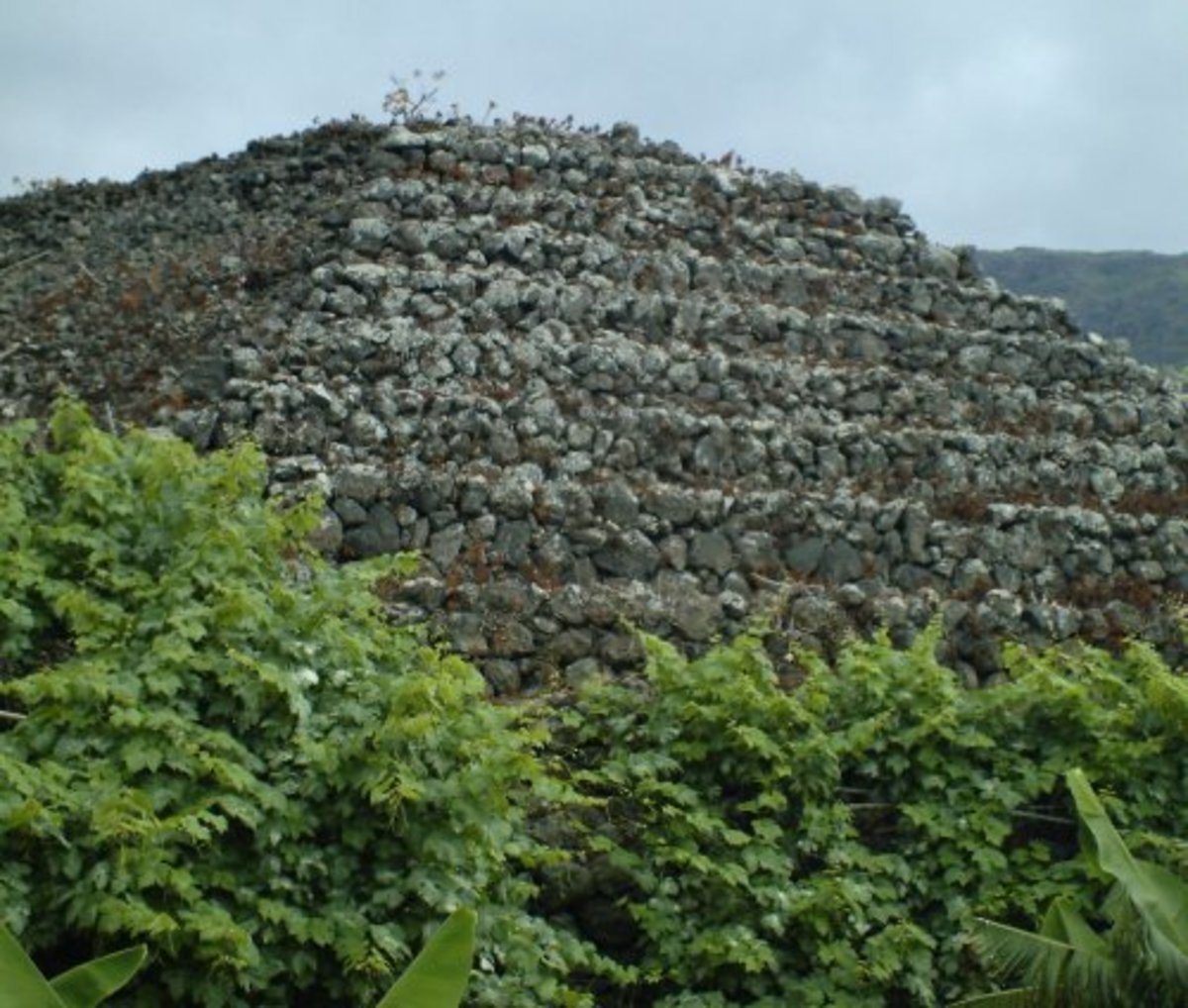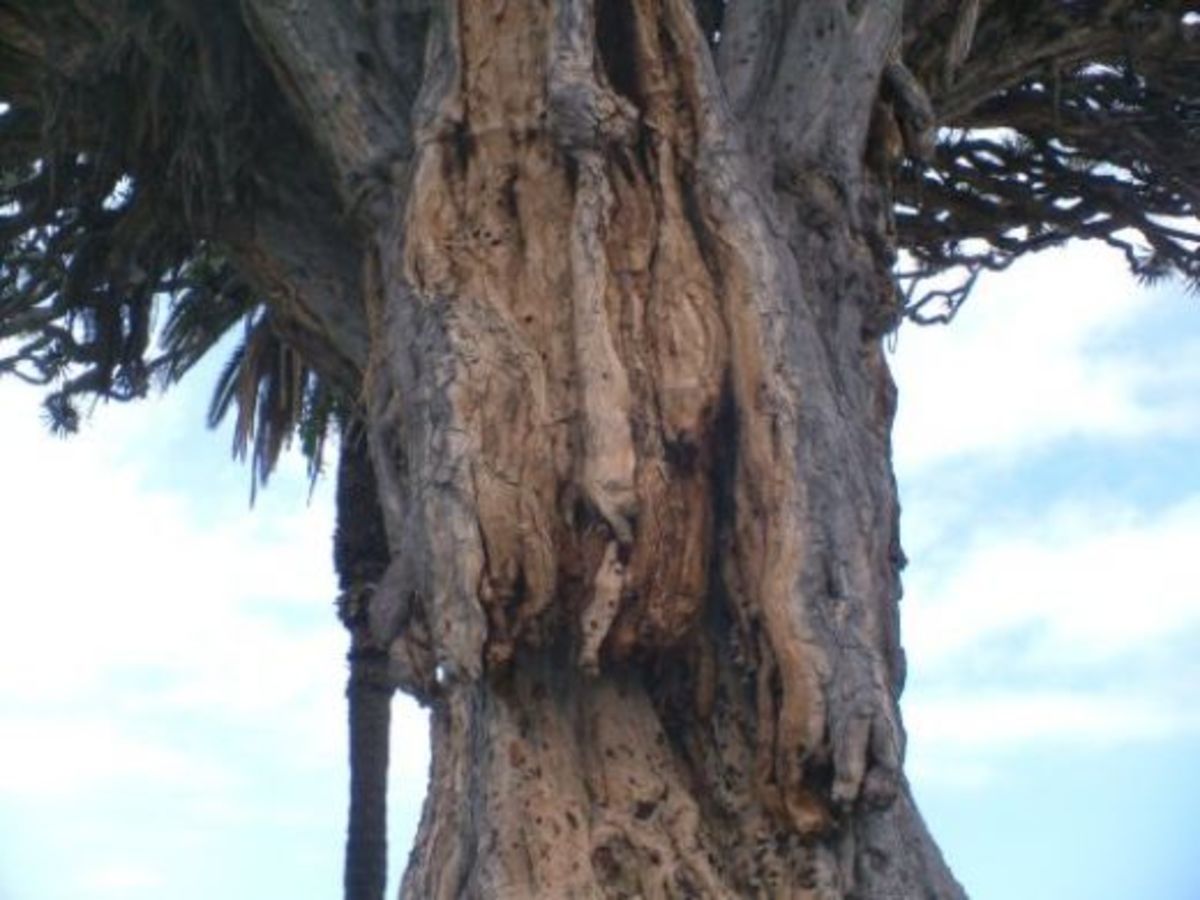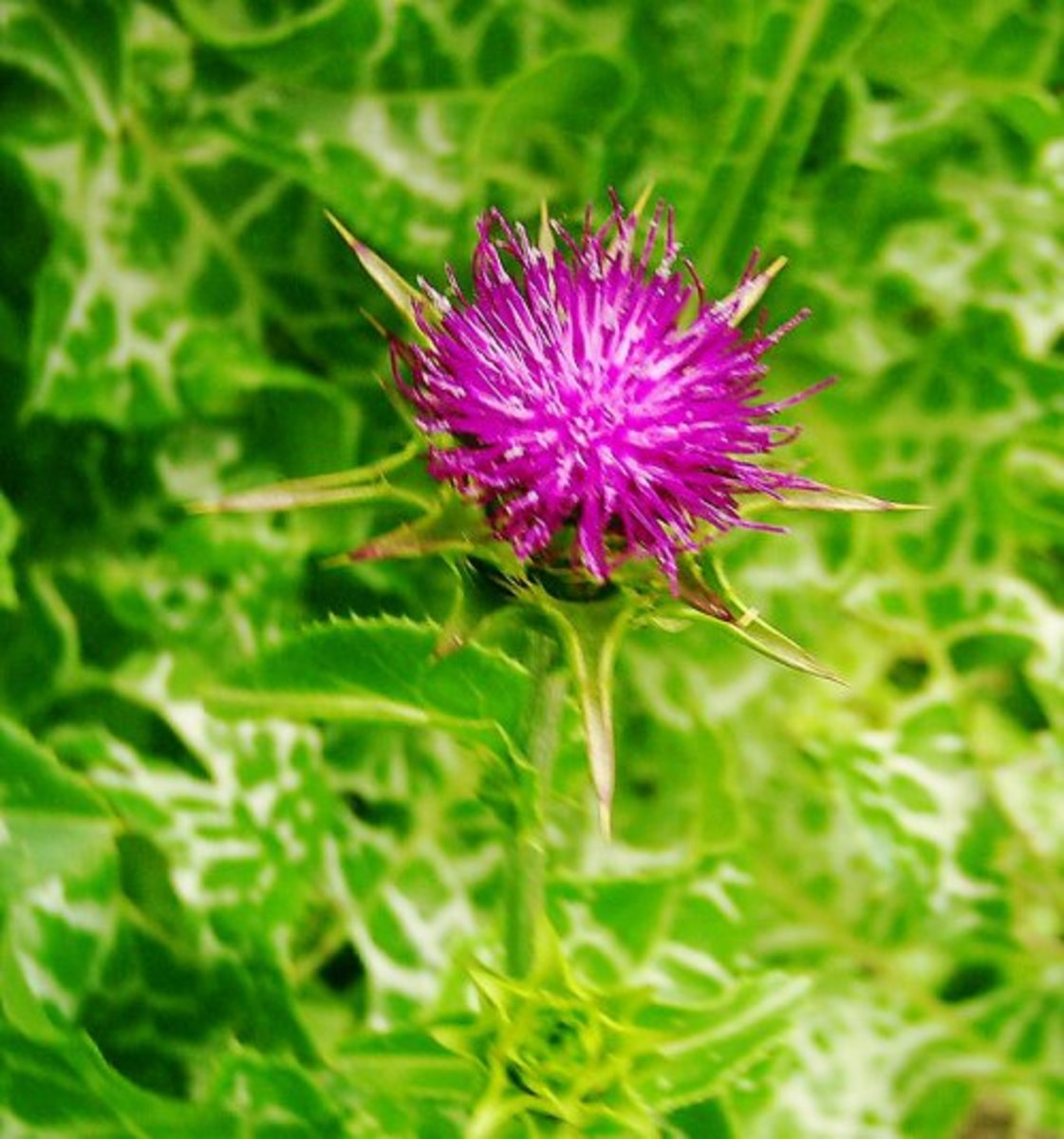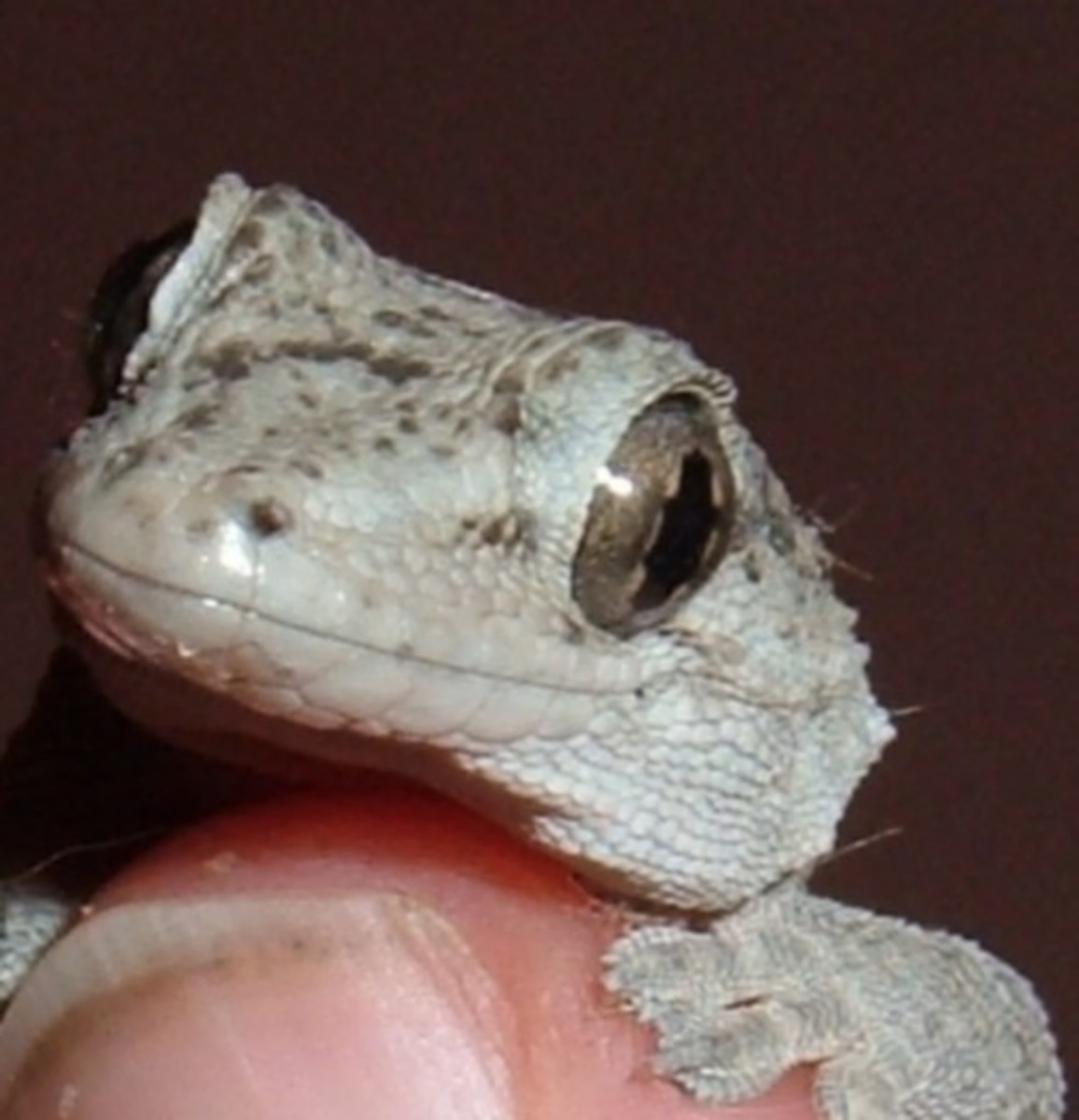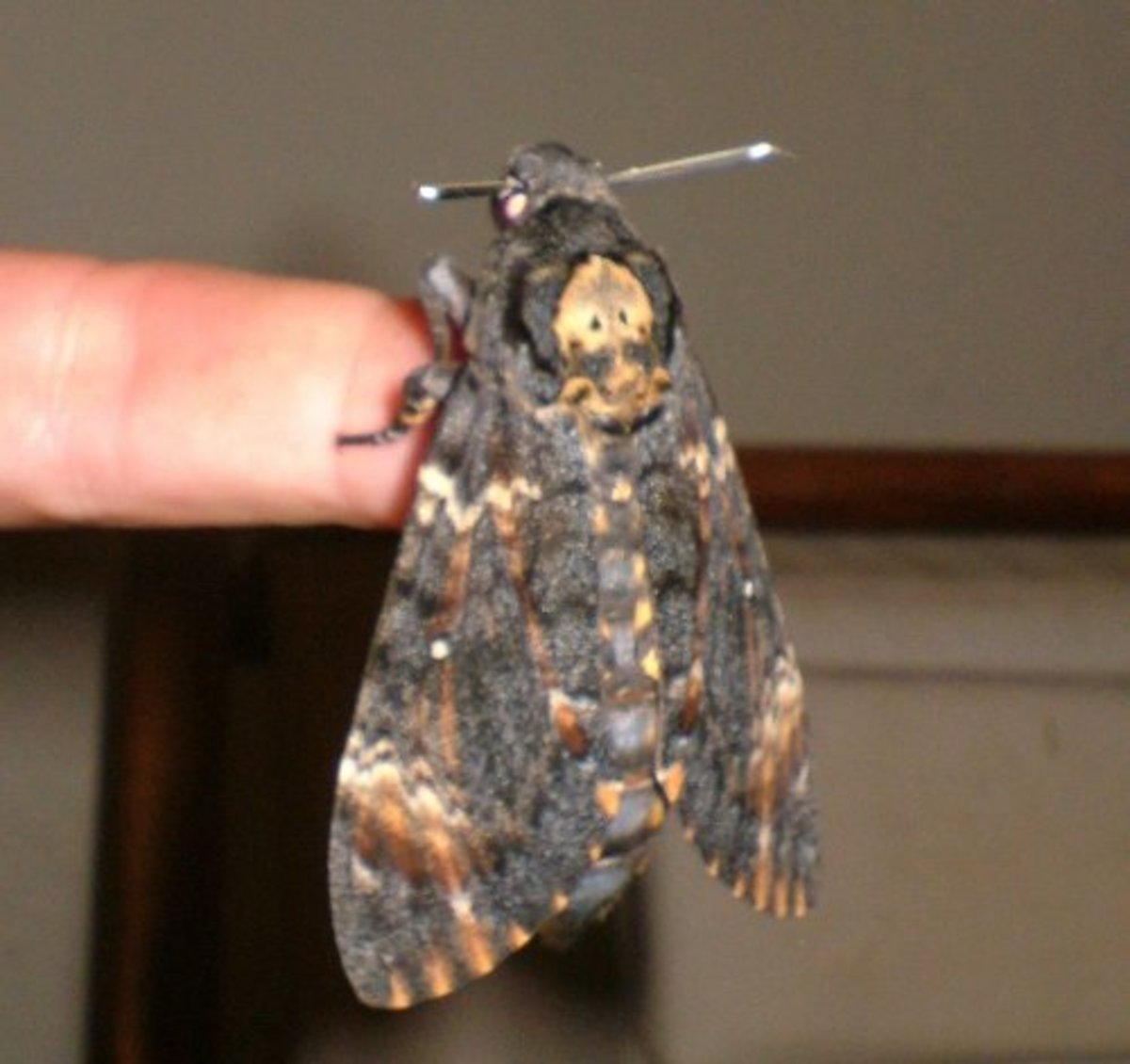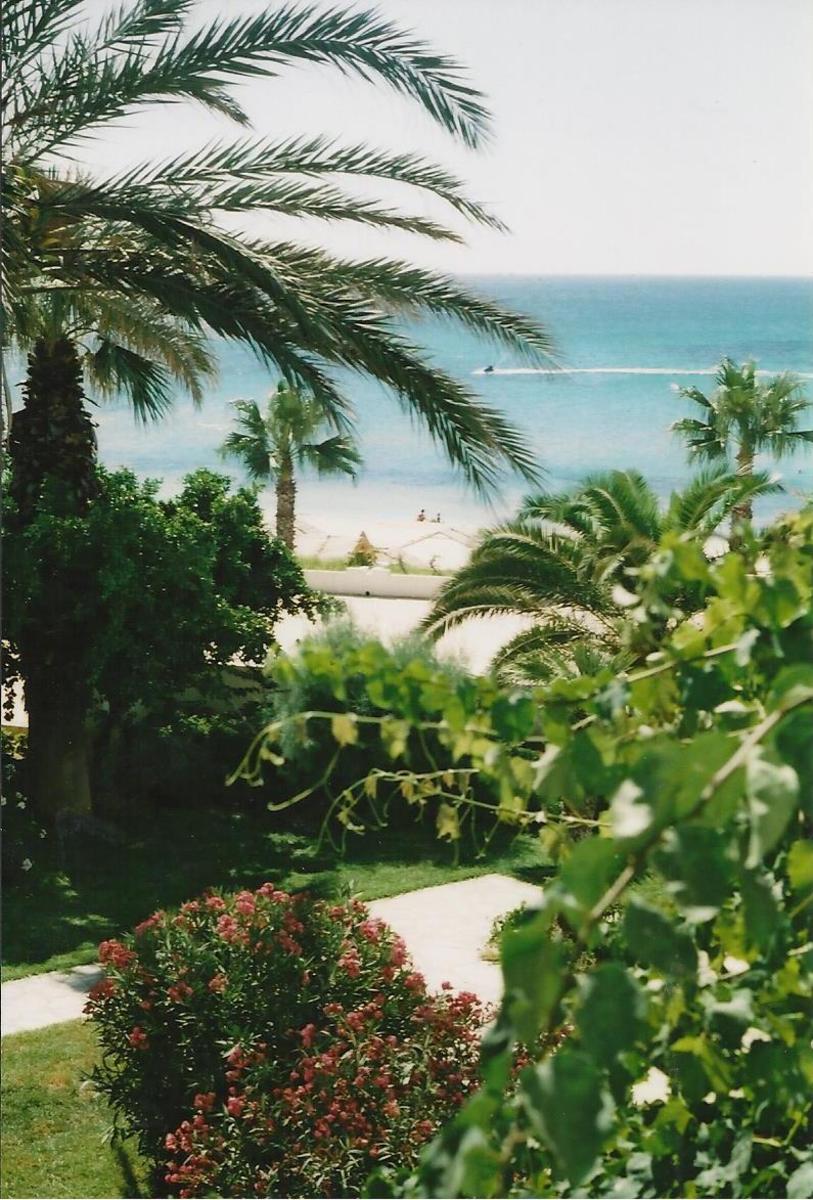- HubPages»
- Travel and Places»
- Visiting Africa»
- Travel to Northern Africa
Take the bus on the island of Tenerife in the Canary Islands
Bus journey photos in Tenerife
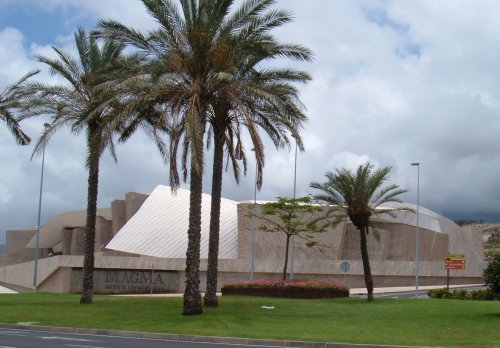
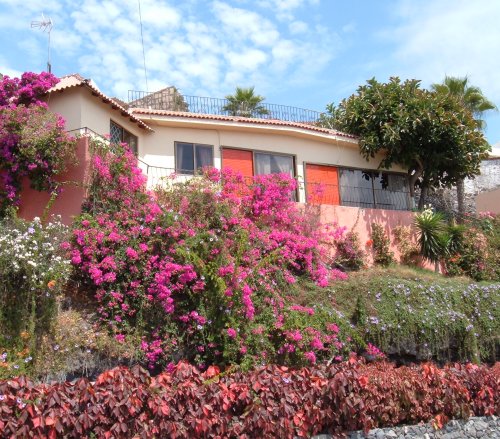
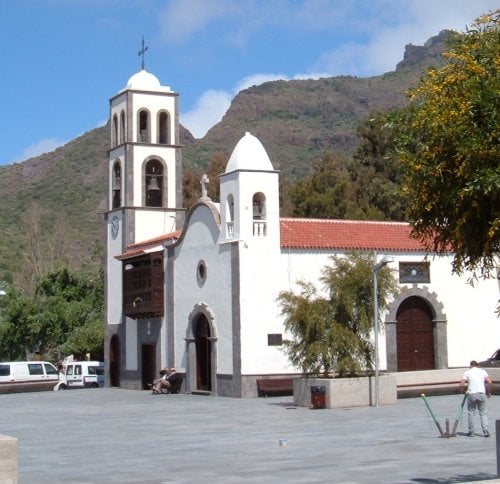
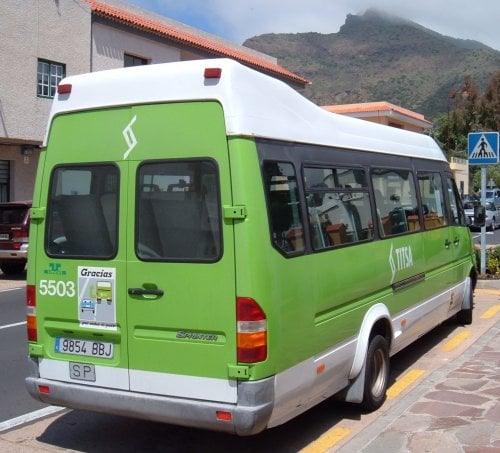
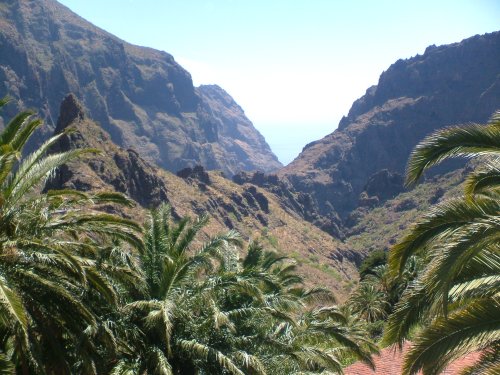
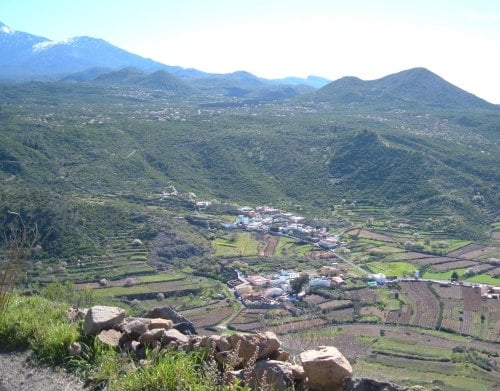
Around Tenerife on a Green TITSA bus
Visitors and holidaymakers to the island of Tenerife often miss out on many of its attractions because they simply don't realise what is on offer or know how easy it is to get one of the cheap bus services.The green TITSA buses are easy to recognise and they can take you to nearly every location on the island - from the hot sunny resorts in the south to the cloud forests and high mountains of the north, from tiny Canarian villages to the bustling capital of Santa Cruz.
TITSA buses offer a 50% discount on long journeys if you have a Bono bus pass, which you simply insert in the machine by the driver whilst telling him or her where you want to travel to. The money you have to pay is automatically deducted and the amount you have left is shown on your Bono for you to see.
You can buy them from the bigger bus stations and a range of shops and newsagents around the island. Bonos are priced at €15 or €30 and represent an incredible savings and the way to travel if you really want to see Tenerife. Bono bus tickets are the ideal way of exploring Tenerife by bus.
One highly recommended route is on the 460 from Las Americas in the south up to Icod de los Vinos in the northwest. The station in the southern resort is near the Magma Art Centre and is surrounded by buildings and roads, which you will soon be leaving behind when you board the bus, which will only cost you just over €3 for a 90 minutes ride.
The 460 takes you progressively higher and higher as it leaves behind the coastal parts in the south of the island. Passing the turn-off for Adeje the bus travels up and onward through the mountain village of Tejina before arriving in Guía de Isora. Here there is another bus station with services to the seaside resorts of Playa de San Juan, Alcalá and the very popular Los Gigantes, famous for its towering cliffs.
And it is worth considering that there is no reason you can't break your journey by getting out and having a look around a town or village where the bus stops and then getting a later bus, or even making a detour to another destination.
But staying on the 460 we next pass through the villages of Chío and the higher still Tamaimo. You start to get an idea of what the mountains are like as you look out on rocky crags and sweeping valleys below. The road gets plenty of steep climbs and hairpin bends and the driver will honk the horn just in case of any traffic ahead. From Tamaimo a winding road leads down through the valley to Puerto Santiago and Los Gigantes and the bus offers some excellent views over this.
Passing through the village of El Retamar (The Broom) with some splendid views of the mountainsides around you will be able to notice a change in the flora from what was lower down the valley. Succulent Houseleeks, shrubby "Tabaiba" spurges and Prickly Pear cacti as well as the Canary Island Broom that the place is named after. Almond trees as well as figs can also be seen along the roadsides growing semi-wild.
Looking back towards the sea you can see the southern coast that you have left behind, and sometimes on a clear day it is also possible to view the neighbouring island of La Gomera, which lies across the water.
Santiago del Teide is next on the route and this is well worth making a separate visit to in order to have a good look around. From the bus you can see the church and its plaza and on the other side of the road is a popular barbecue area and a grove of tall and strongly-aromatic Eucalyptus trees. The smells of the outdoor cooking and the scent of the gum trees blend so well together.
There is also a pathway up the mountainside that leads to a shrine to the Virgin Mary and along it you will see white crosses that can be plainly observed from the road below.
On both sides of the road mountains enclose Santiago in the plain of a valley. You can see Mt Teide and Pico Viejo on the one side and on the other are the mountains and the road that leads to Masca, which is like Tenerife's answer to Shangri-la.
Because the zig-zagging steep roadway to this enchanting mountain village has so many bends and curves a Bono minibus provides the service there and back. Santiago del Teide is where you can catch the bus to Masca.
In spring the almonds are in blossom in the countryside around Santiago del Teide and they provide a real picturesque setting. So much so that special walks are organised so that people can really appreciate the trees when they are in bloom.
Just past Santiago lies the small village of Valle de Arriba, which can easily be seen from the bus as it starts its climb higher still up a road bordered on one side with mountainside forests of Canary Island Pines. Further on up you may see clouds enshrouding the road and surrounding mountains.
This cloud is known as "bruma" in Spanish and sometimes it is so thick it is just like being in a dense fog. It is really weird if the bus happens to go from clear air and sunshine into this mist and then out again.
Photos of the North of Tenerife
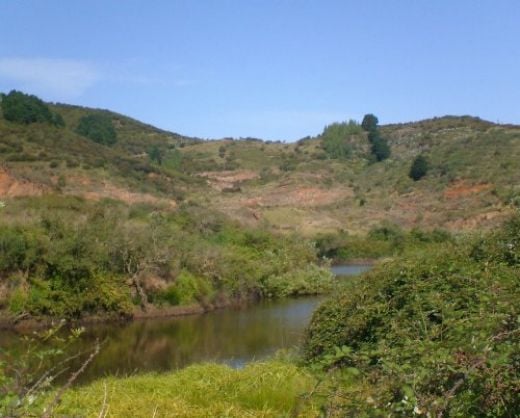
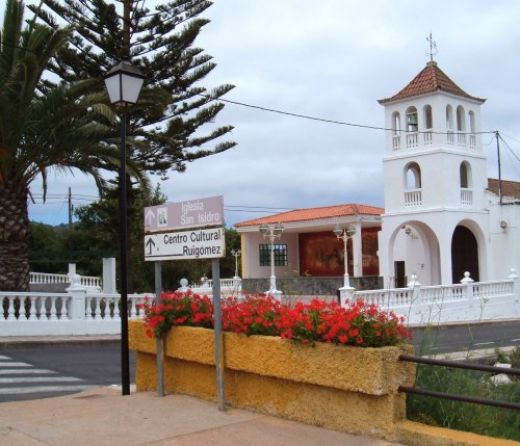
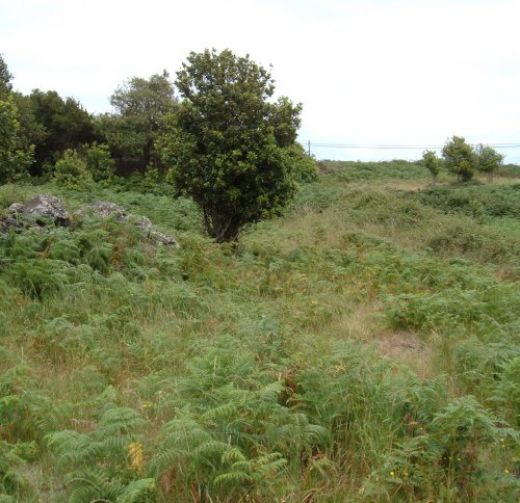

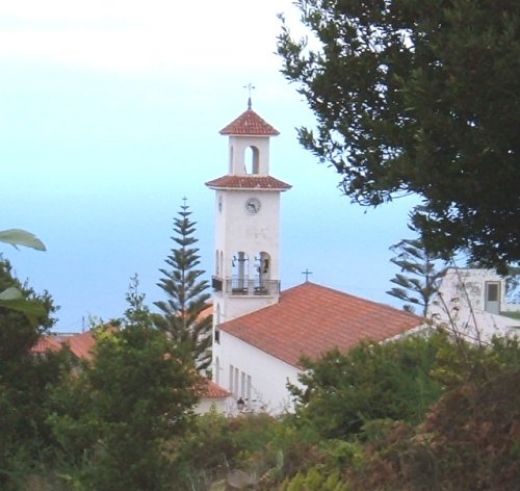
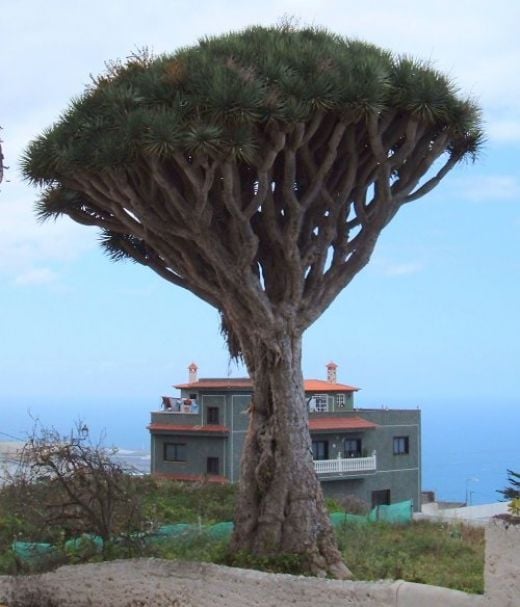
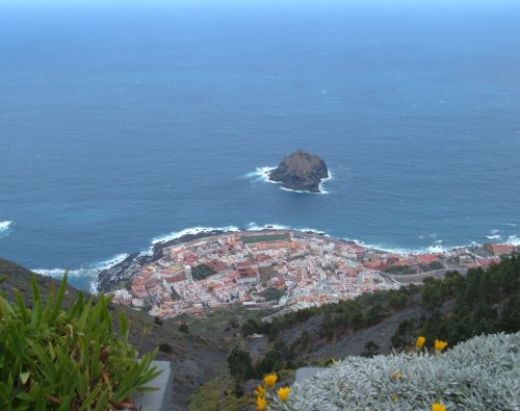
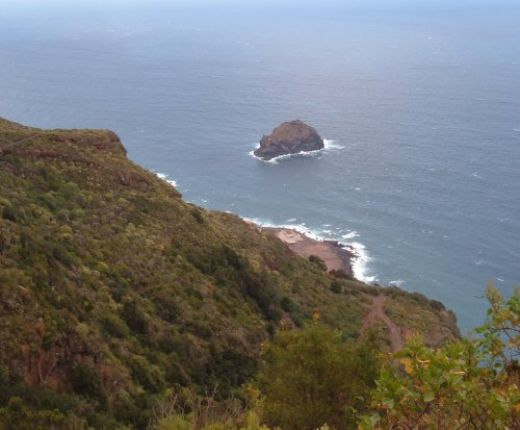
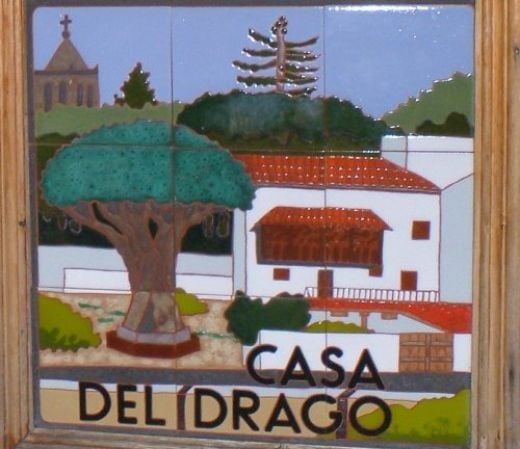
The journey continues in the north
This is the point on your journey at which you leave behind the hotter and drier south of Tenerife and enter the cooler and greener north. As you pass through Puerto de Erjos looking down into the valley you should be able to see the freshwater ponds the village is famous for. On the other side of the road is Restaurante Fleytas, a popular cafe and bar in the area. A sign near the bus shelter there informs us that we are entering Teno, one of "Tenerife's best kept secrets."
Passing on through the village of Erjos we come to Ruigomez, a village surrounded by plenty of greenery and vegetation typical of the north of Tenerife. There are brambles, gorse and bracken, as well as the more exotic Tree Heather.
On the left hand side of the road the bus passes a camel centre, which is very popular with tourists, before reaching the town of El Tanque and from there on the road winds downhill as it goes through the pretty villages of San Juan del Reparo, Genoves and Las Canales before it finally reaches Icod de los Vinos below. As it does so it provides some wonderful views over the coast and the old seaport town of Garachico and its "Roque" standing surrounded by water.
Garachico is famous for having survived a volcanic eruption many years ago. A lot of the town had to be rebuilt but where the hot lava hit the sea natural swimming pools were formed, which are very popular nowadays with bathers.
On the final leg of the journey, from the bus you can see the famous Drago Milenario thousand-year-old Dragon Tree in the park that is its home, and behind it a church and square. This is one part of Icod you might like to go and see up close when you get off the bus in a few minutes time. "Bienvenida la Ciudad del Drago," which means welcome to the City of the Dragon Tree, the road sign announces.
For further information on TITSA buses and timetables please see the website here: http://www.titsa.com
© 2008 Steve Andrews

